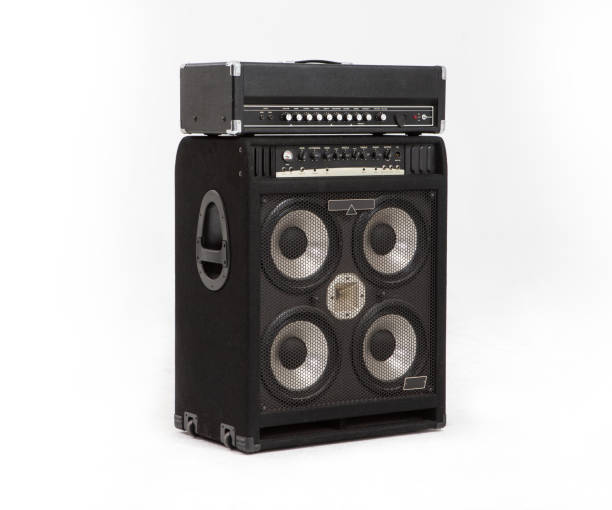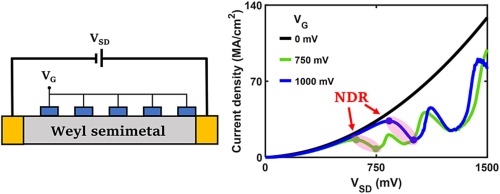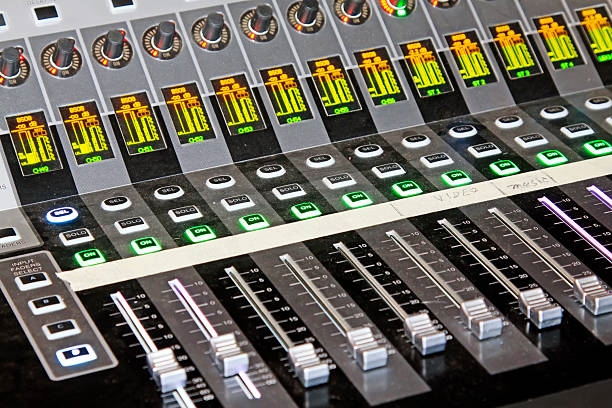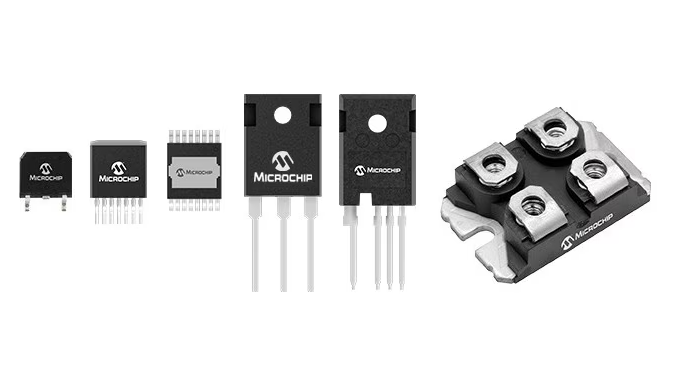Introduction
A power amplifier (PA) is an electronic device that raises a low-level signal to a level sufficient to drive a load. Power amplifiers are used across many applications, including audio systems, television broadcasting, automotive audio, and RF communications. Correct selection of a power amplifier is important for device performance and reliability. This article outlines the main principles and practical methods for selecting a power amplifier.
1. Selection Principles
Power output
Ensure the amplifier's output power is greater than or equal to the maximum power required by the load. Insufficient output power can prevent the system from operating correctly or degrade performance. Consider the load's stability and variation range to ensure the amplifier can drive the load reliably under all expected conditions.
Bandwidth
The amplifier bandwidth should match the required bandwidth of the load. Mismatch can cause distortion and increased noise. Evaluate the load's frequency requirements and select an amplifier with appropriate bandwidth and flatness across that range.
Input impedance
To minimize loading of the signal source, the amplifier input impedance should be appropriate for the source. Input impedance depends on the amplifier design and process; select an input impedance that does not unduly load or distort the driving stage.
Gain
The amplifier gain must be sufficient to deliver the required output level to the load. Choose gain based on the load requirements, upstream signal level, and required margin for headroom and linearity.
Linearity
Good linearity helps maintain signal fidelity and reduces distortion. Select amplifiers with linearity specifications that meet the application's dynamic range and distortion criteria.
Noise and distortion
Minimize noise and unwanted distortion to preserve signal quality. Noise figure, total harmonic distortion (THD), and intermodulation distortion (IMD) are key parameters to evaluate relative to the application's sensitivity and SNR requirements.
2. Selection Methods
Determine the load type and requirements
Identify load characteristics and requirements, including impedance, maximum and average power, operating conditions, and bandwidth. A clear specification of the load is the basis for selecting amplifier topology and parameters.
Choose an appropriate topology
Select a circuit topology that matches the application and operating conditions, such as single-ended, push-pull, differential, common-emitter, or common-base. Each topology has trade-offs in efficiency, linearity, output swing, and complexity; choose according to system priorities.
Specify amplifier parameters
Based on load requirements and operating conditions, define required amplifier parameters: output power, input impedance, gain, bandwidth, linearity, noise, and thermal characteristics. Ensure the chosen amplifier meets these parameters with adequate margin.
Compare available models
Compare candidate amplifiers by performance, specifications, cost, power consumption, thermal management, and footprint. Consider package and mounting requirements relevant to the target application.
Perform experimental validation
Validate the selected amplifier in the target application through testing. Verify that output power, linearity, noise, stability, and thermal performance meet requirements. If the results are unsatisfactory, adjust the selection or system parameters and retest.
Conclusion
Selecting a power amplifier requires balancing multiple factors, including output power, bandwidth, input impedance, gain, linearity, noise, and distortion. Define the load requirements and operating conditions clearly, choose an appropriate topology, specify necessary parameters, compare candidate parts, and validate performance through testing to ensure reliable operation and the desired system performance.
 ALLPCB
ALLPCB







